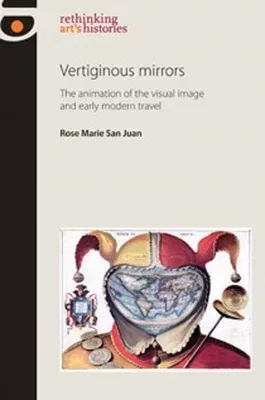Rose Marie San Juan
(Author)Vertiginous Mirrors: The Animation of the Visual Image and Early Modern TravelHardcover, 31 August 2011

Qty
1
Turbo
Ships in 2 - 3 days
In Stock
Free Delivery
Cash on Delivery
15 Days
Free Returns
Secure Checkout

Part of Series
Rethinking Art's Histories
Part of Series
Rethinking Arts Histories Mup
Print Length
256 pages
Language
English
Publisher
Manchester University Press
Date Published
31 Aug 2011
ISBN-10
0719084814
ISBN-13
9780719084812
Description
Product Details
Author:
Book Format:
Hardcover
Country of Origin:
GB
Date Published:
31 August 2011
Dimensions:
23.62 x
15.75 x
2.29 cm
ISBN-10:
0719084814
ISBN-13:
9780719084812
Language:
English
Location:
Manchester
Pages:
256
Publisher:
Weight:
725.75 gm